Turf Toe
Turf Toe
Do you know what turf toe is? You may have heard of the term before, but do you really know what it is and how to treat it? In this blog post, we will discuss everything there is to know about turf toe. From its causes and symptoms to the best ways to treat it, we have got you covered. Keep reading for more information!
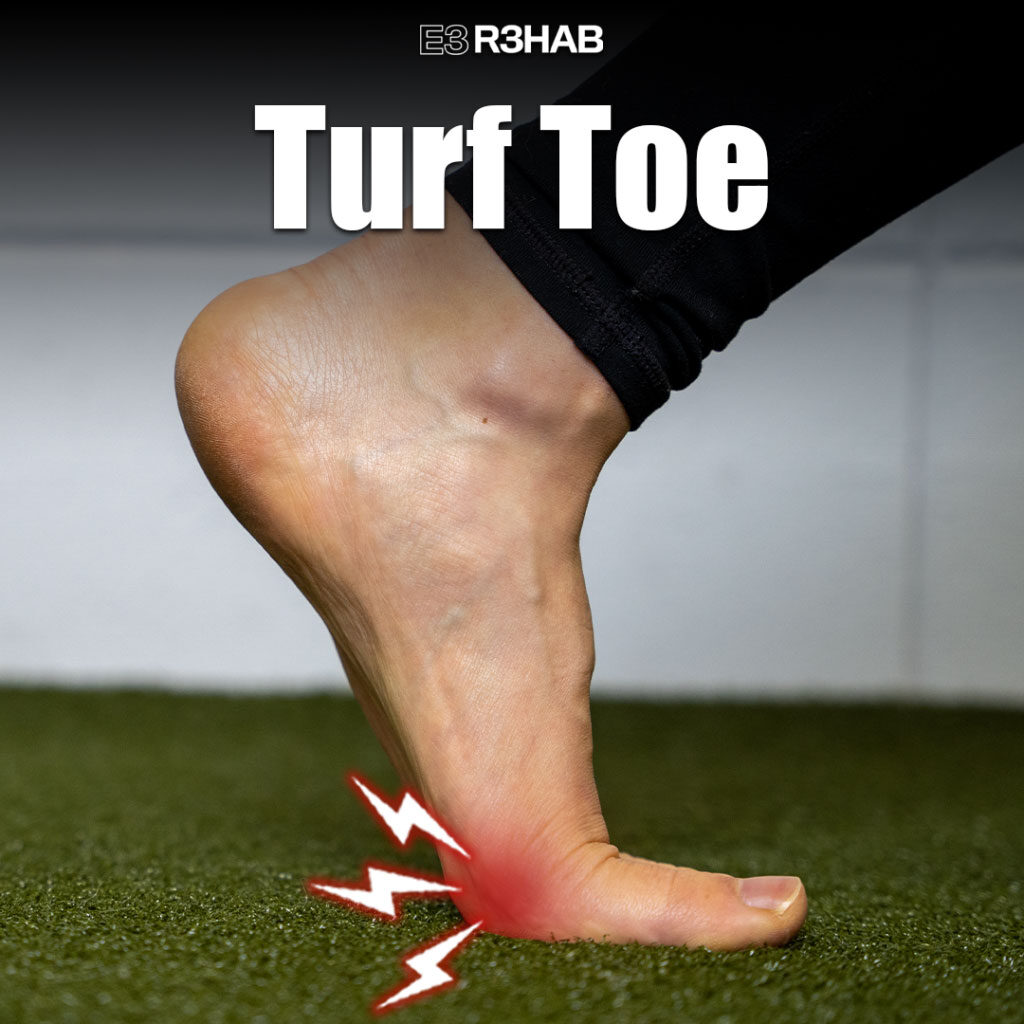
What is turf toe?
The turf toe is a common injury that can occur when playing sports on artificial turf. The turf toe injury occurs when the big toe is hyperextended, causing the ligaments and tendons around the joint to stretch or tear. This can lead to pain, swelling, and difficulty moving the toe. In severe cases, turf toe can require surgery to repair the damage.
The turf toe most often affects the joint at the base of the big toe (the metatarsophalangeal joint), but it can also occur in other joints in the foot. It is a type of injury that is seen more often in athletes who play on artificial turf, hence the name. The condition is also sometimes referred to as turf toe sprain, or simply turf toe.
While turf toe injuries can occur in any sport that is played on artificial turf, these are most commonly seen in football and soccer. This is likely due to the amount of running and jumping that these athletes do, as well as the fact that they often wear cleats that can dig into the turf and cause the toe to bend upwards.
The Boost Anti-Gravity Treadmill offered at MOTUS Specialists Physical Therapy takes the same science and tweaks it in order to do the opposite. Instead of increasing weight, it makes the user feel less weight.
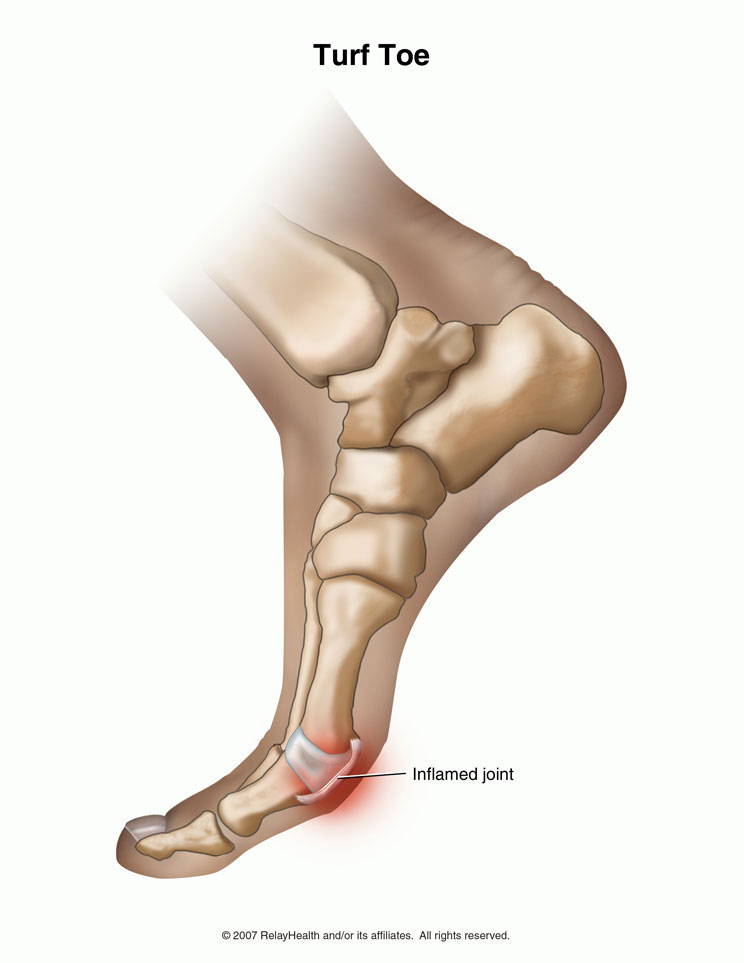
What are the symptoms of Turf Toe?
Turf toe is a condition that can cause pain and swelling in the big toe. The big toe is the joint at the base of the big toe. A turf toe occurs when this joint is injured. Turf toe can occur from a sudden injury, such as when you stub your toe, or from repeated stress on the joint, such as when you wear shoes that are too tight.
Turf toe can be painful and make it hard to walk or stand. You may also have swelling and bruising around the big toe. The toe may be stiff and hard to move.
If you think you have a turf toe, see your doctor. He or she will ask about different turf toe symptoms and examine your toe. Foot and ankle surgeons may order X-rays or other tests to diagnose turf toe.
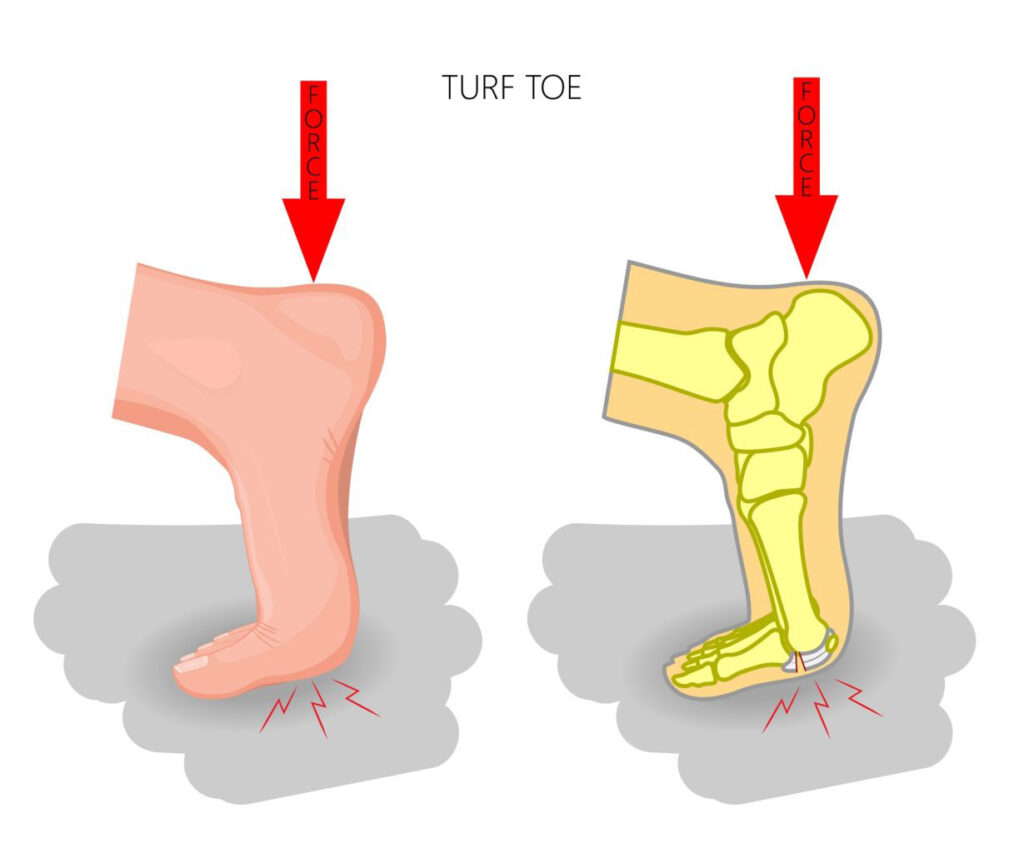
Can turf toe be prevented?
Turf toe is a common injury among athletes, particularly those who participate in sports that involves a lot of running and jumping. While there is no surefire way to prevent turf toe, there are some measures that can be taken to reduce the risk of developing this condition.
Wearing shoes that fit properly and provide adequate support is one of the most important things you can do to prevent turf toe. Avoiding a walking boot that is too tight or too loose can help reduce the risk of injury.
Another thing you can do to prevent turf toe is to stretch and warm up properly before participating in any physical activity. This will help reduce the risk of developing this condition by preparing your body for the rigors of activity.
If you do experience turf toe, it is important to seek medical attention as soon as possible. This will help ensure that the injury is properly diagnosed and treated so that you can return to your activities as soon as possible.
Turf toe can be a painful and debilitating injury, but taking preventive measures can help reduce your risk of developing this condition. Wearing proper footwear and stretching before physical activity are both important steps you can take to avoid turf toe.
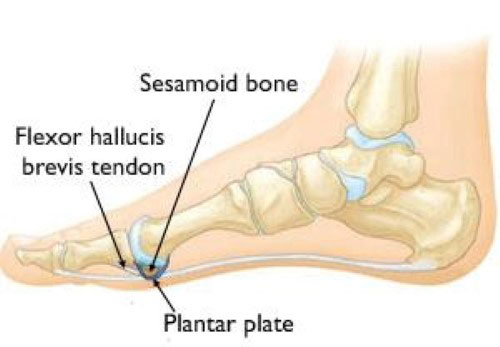
What are the treatments for turf toe?
Turf toe is generally treated with a combination of rest, ice, and elevation. More severe cases may require immobilization of the joint with a splint or cast. Surgery is typically only needed to treat turf toe if the ligaments or tendons around the joint are completely torn.
Treatment for turf toe may include:
Resting the foot
Wearing a stiff-soled shoe or boot
Taking anti-inflammatory medicines, such as ibuprofen
Using ice to reduce swelling
Using physical therapy to stretch and strengthen the toe joint
Wearing a splint or cast
Having surgery to repair the ligaments around the toe joint (In case of severe turf toe injuries)
If you suspect that you have a turf toe, it is important to see a doctor or medical professional as soon as possible. They will be able to properly diagnose the injury and recommend the best course for treating turf toe.
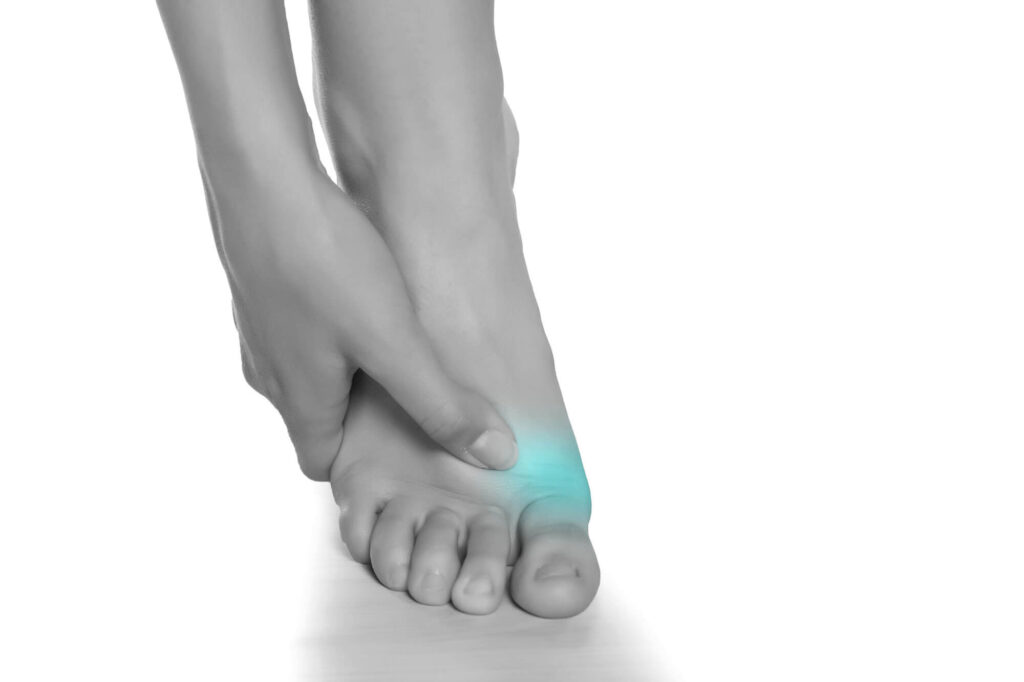
Are there any long-term effects of Turf Toe?
Most people with turf toe will make a full recovery with proper treatment. However, some people may experience long-term effects, such as:
Chronic pain
Stiffness in the toe joint
Limited range of motion in the toe joint
If you have any concerns about the long-term effects of turf toe, be sure to speak with your doctor. They will be able to provide you with more information and answer any questions you may have.
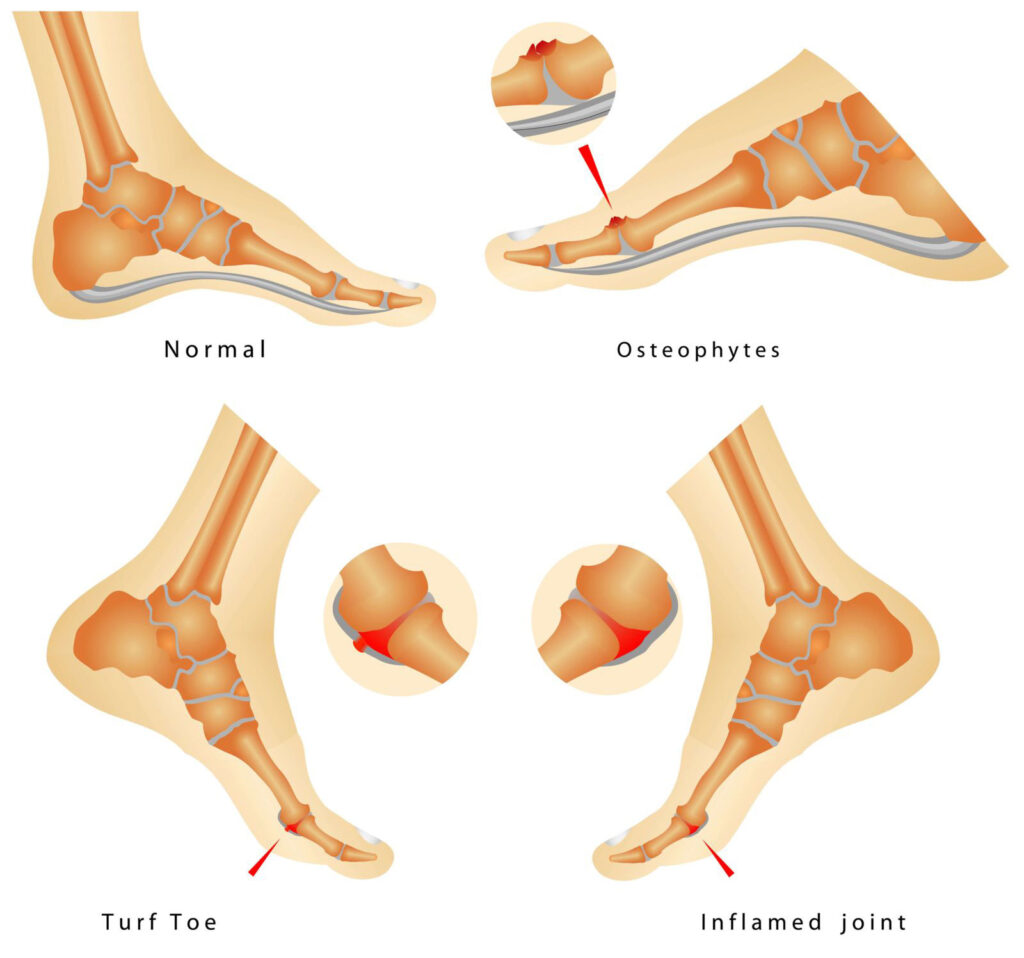
Frequently Asked Questions about Turf Toe
The turf toe is a sprain of the ligaments around the big toe joint. It commonly occurs when the toe is bent upwards and hyperextended, such as when playing football on artificial turf. The injury can range from mild to severe, with severe cases requiring surgery.
Your doctor will ask about your symptoms and examine your foot. X-rays may be taken to rule out a fracture. MRI or CT scan may also be done to assess the extent of the injury.
Treatment depends on the severity of the injury. For mild cases, rest, ice, and elevation are often all that are needed. More severe cases may require immobilization in a walking boot or cast, as well as physical therapy. Surgery is rarely needed but may be an option for very severe injuries.
Most cases of turf toe heal with conservative treatment within 4-6 weeks. However, some athletes may experience long-term problems such as joint stiffness or chronic pain.
Wearing proper footwear that supports the foot and ankle can help reduce your risk of turf toe. It is also important to warm up properly before participating in any activity.
Turf toe surgery can cost you anywhere from $2,000 to $5,000. However, this cost will vary depending on the severity of your injury and the surgeon you choose. If your turf toe is only mild, then you may be able to get away with a less expensive surgery. However, if your turf toe is more severe, then you will likely need to spend more money on your surgery. Overall, the cost of turf toe surgery is something that you will need to discuss with your surgeon before making a final decision.
There are several home remedies that can be used to treat turf toe. Rest, ice, compression, and elevation (RICE) are often recommended for treating any type of injury. It is important to keep the injured toe protected and immobilized as much as possible to prevent further damage. Wearing a stiff-soled shoe or boot can help to protect the toe and keep it from moving too much. There are also special turf toe taping techniques that can be used to help immobilize the toe and prevent further injury.
If you have a turf toe, it is important to see a doctor as soon as possible. They can prescribe medication to help reduce pain and inflammation. In some cases, surgery may be necessary to repair the damage.
Have you been injured at some point in your journey?
Are you not achieving your highest level of function?
We’ve helped hundreds of people at all walks in life
get back to performing their best painfree!
3 Ways to Level Up Your Rehab and Injury Prevention With Us





